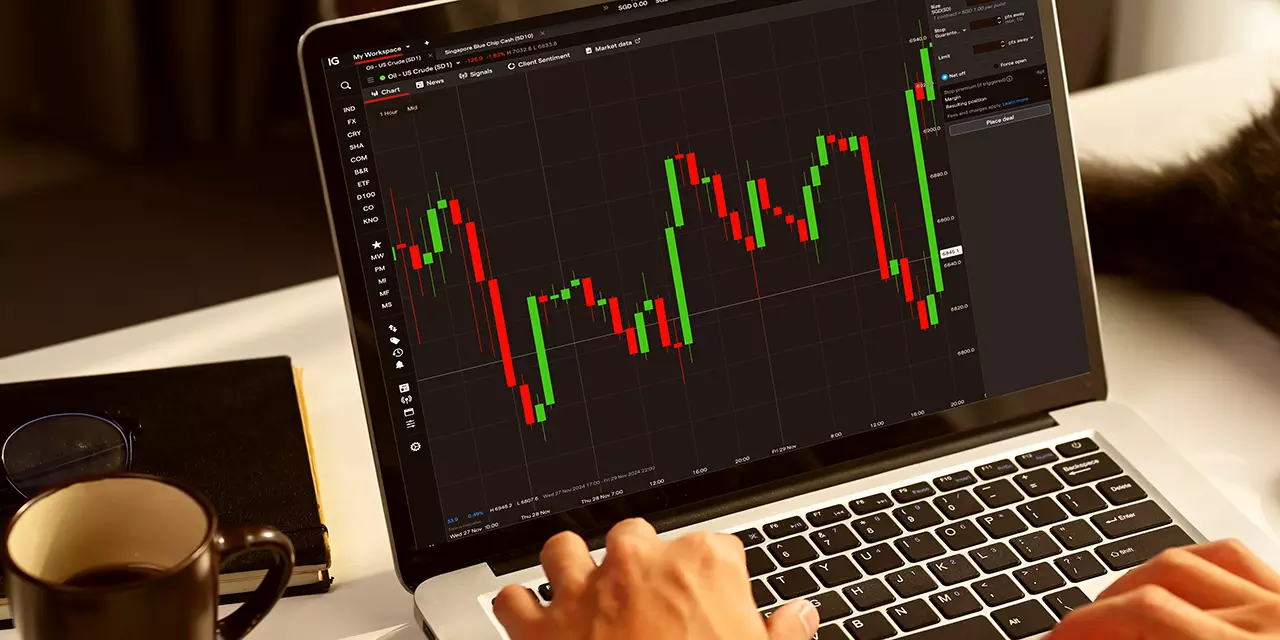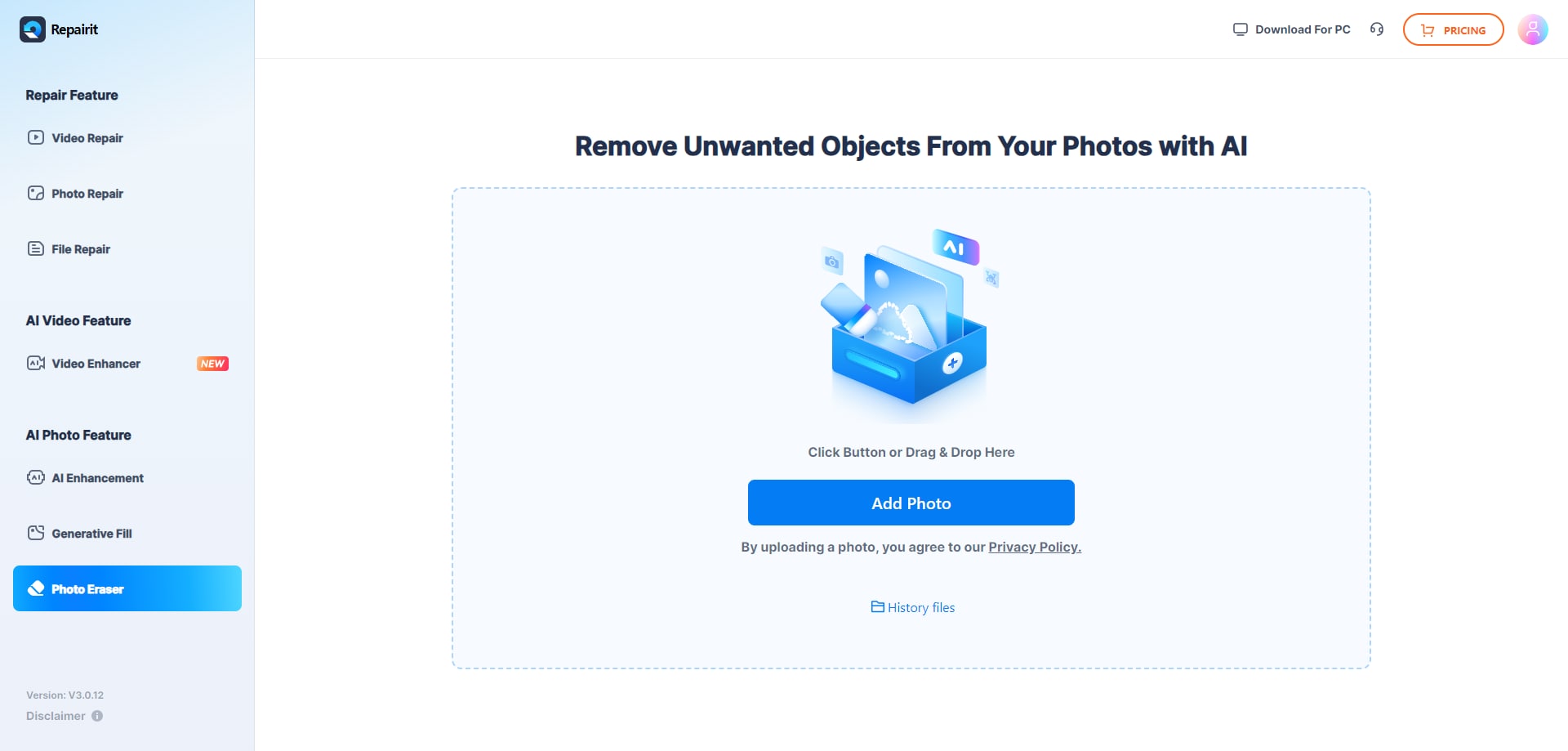Margin trading amplifies both potential profits and losses, making it one of the more complex investment strategies available. When executed properly, it can enhance your portfolio returns. When done carelessly, it can wipe out your account faster than you might expect.

The difference between success and failure often comes down to preparation and discipline. Clever traders don’t just focus on potential gains, they prioritize protection first.
Margin Trading Mechanics
Before placing any trades, you need to understand exactly how borrowed money affects your positions. When you engage in margin trading, you’re essentially using your broker’s funds to purchase more securities than your cash balance would normally allow.
Your broker requires collateral, typically 50% of the purchase price for stocks. This creates a leverage ratio that magnifies every price movement. A 10% gain becomes a 20% profit on your invested capital, but a 10% loss also doubles to 20% of your money.
Interest charges accrue daily on borrowed funds, eating into your returns even when trades move in your favor. Calculate these costs before entering any position to ensure potential profits justify the expense.
Solidify Risk Management
Effective risk management starts with position sizing. Never risk more than 2-3% of your total portfolio on a single margin trade. This conservative approach protects you from catastrophic losses that could eliminate years of gains.
Set stop-loss orders immediately after entering positions. These automatic sell orders limit downside risk by closing trades when prices reach predetermined levels. Place stops at levels that make mathematical sense, typically 10-15% below your entry price for stocks.
Margin calls occur when your account equity falls below required maintenance levels. Plan for these scenarios by keeping additional cash reserves available.
Maintain Vigilance with Market Monitoring
Markets can shift rapidly, especially during volatile periods. Check your positions multiple times daily, paying close attention to both individual stock performance and broader market trends that could affect your holdings.
Economic news, earnings announcements, and geopolitical events can trigger sudden price swings. Stay informed about upcoming events that might impact your leveraged positions. Subscribe to financial news services and set up alerts for companies you’re trading.
Technical indicators provide valuable insights into momentum and potential reversal points. Learn to read basic chart patterns, moving averages, and volume indicators.
Smart Leverage Usage
Maximum allowable leverage doesn’t mean optimal leverage. Start with modest ratios, perhaps 1.5:1 or 2:1, until you gain experience with how borrowed money affects your trading psychology and account balance.
Different asset classes require different leverage strategies. Volatile stocks demand lower ratios, while stable dividend-paying companies might support slightly higher leverage. Match your leverage to both market conditions and your risk tolerance.
Scale into positions gradually rather than committing full leverage immediately. This technique allows you to average down if prices move against you initially while maintaining flexibility to add more if trades develop favorably.
Adhere to Emotional Discipline
Leverage amplifies not just financial risk but emotional pressure. Watching leveraged positions swing wildly can lead to impulsive decisions that override rational trading plans. Develop systems that remove emotion from trading decisions.
Create written trading plans before entering positions. Document your entry logic, profit targets, stop-loss levels, and position sizing rationale. Refer to these plans when emotions run high rather than making reactive decisions.
Fear and greed intensify with borrowed money at stake. Fear causes premature exits from profitable trades, while greed encourages holding losing positions too long.




